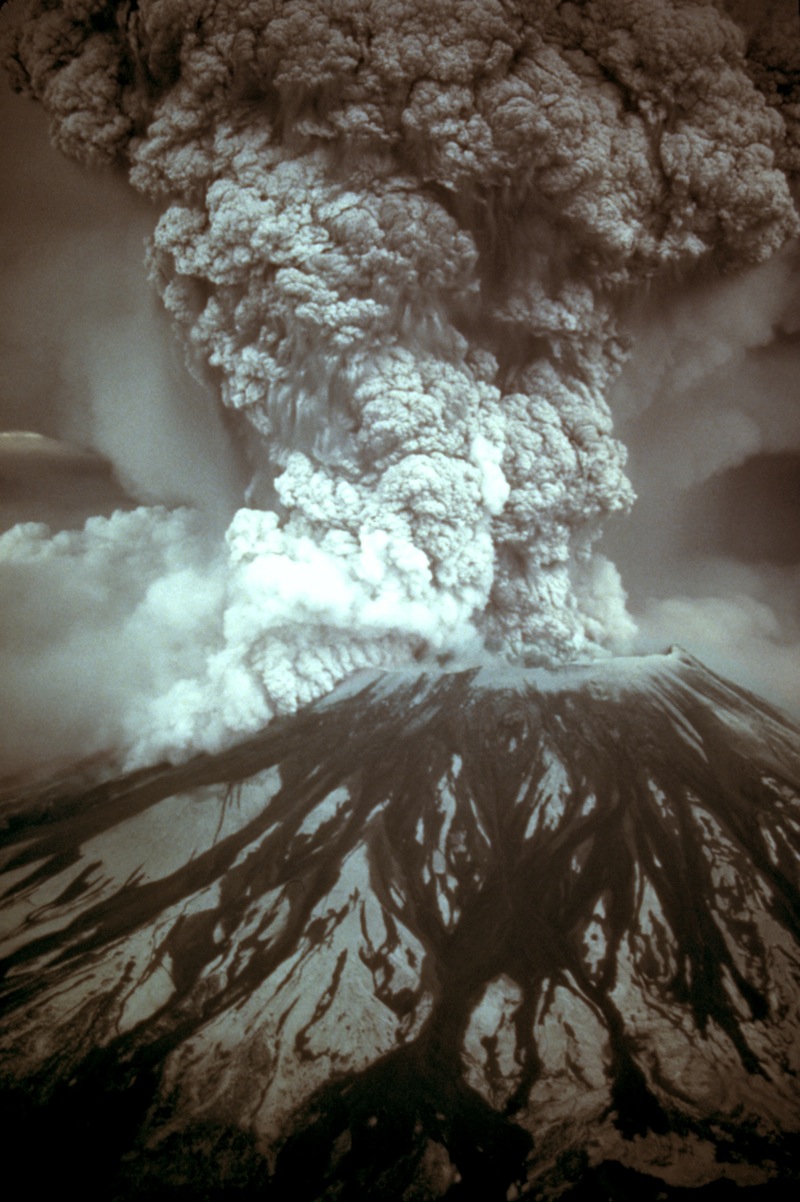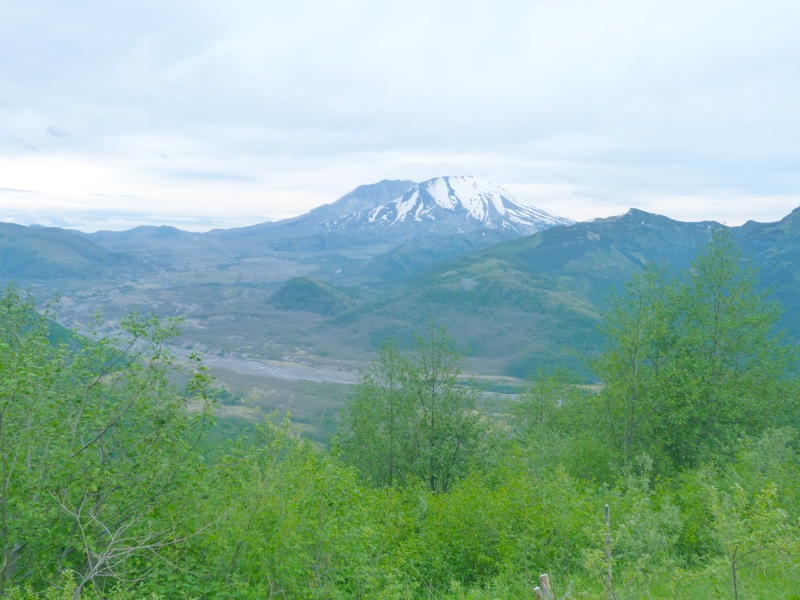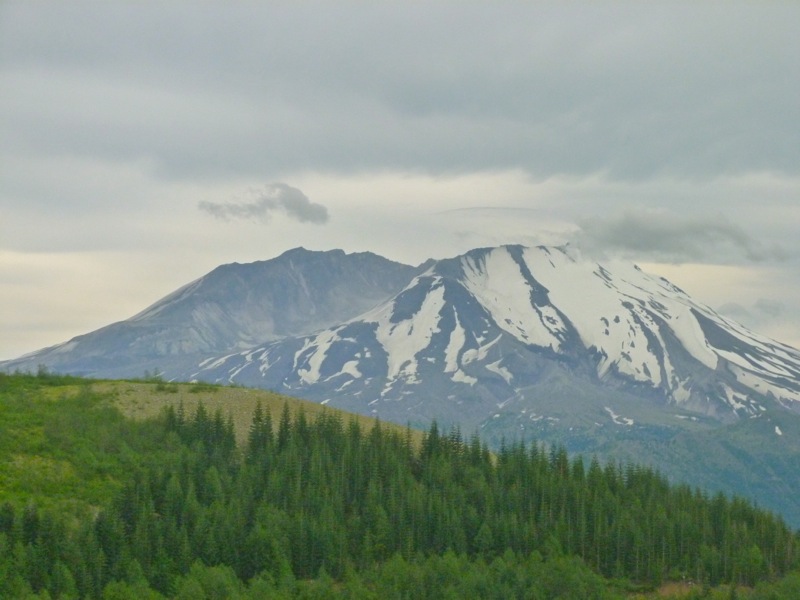How My Garden Grows
 Sunday, July 15, 2012 at 5:00AM
Sunday, July 15, 2012 at 5:00AM I promised myself no more Japanese maples. Thirteen in the ground and a seedling in a pot should be enough. (I once read that no garden should have more than a single Japanese maple, but I was already too far gone for that advice!) This May photo shows 'Bloodgood', just one of the Japanese maples featured throughout my garden.
This May photo shows 'Bloodgood', just one of the Japanese maples featured throughout my garden.
But there is a space in my woodland garden that needs a small tree, and I have been thinking about it.
Summer is the worse time to plant anything here, with high heat and unpredictable rainfall. June was extremely dry, though we have had more rain in July. I won't be planting anything till at least September.
So what was I to do when I recently found Japanese maples for half price at my favorite nursery? Walk away? I had come to the nursery to find a single petunia plant to replace one that had died, but a quick peek at the Japanese maple inventory wouldn't hurt. I had no intent to buy.
It's a long way from a petunia to a Japanese maple, but somehow I came home with no petunia but two Japanese maples. I fell in love with both and couldn't make up my mind, until I realized I had space for one in the woodland garden and also another in the front garden.
So here are my choices, both types of Full Moon Japanese maples:
Acer japonicum 'Aconitifolium', which has apple green foliage and small reddish flowers in the spring. The deeply lobed leaves are noted for their crimson fall color. This little tree should grow to about ten by ten feet:

Acer japonicum 'Vitifolium', which has huge leaves reminiscent of grape vines. It also is known for its brilliant fall color, turning various shades of red, orange, and gold. This tree grows a little larger than the other, to about fifteen feet:

While I was in the plant buying mood, a few days later I also purchased a weeping deodar cedar, Cedrus deodara 'Prostrate Beauty'. It reminded me so much of my beloved 'Feelin' Blue', and it was marked 30% off. I am afraid I am fanning my plant fever, despite the sweltering summer! I am planning to put it in the front garden near one of my new Japanese maples:
I refuse to admit addiction, but I do feel a rush of joy when I see these plants, still in their pots, nestled close to the house near the water faucet. I will plant them out this September. And so my garden grows, and I am fortunate that I have the space!
For more information about planting and growing requirements, see my posts Japanese Maples in My Garden, and The Tree of the Gods, about Deodar Cedars.
 Permalink
Permalink 





